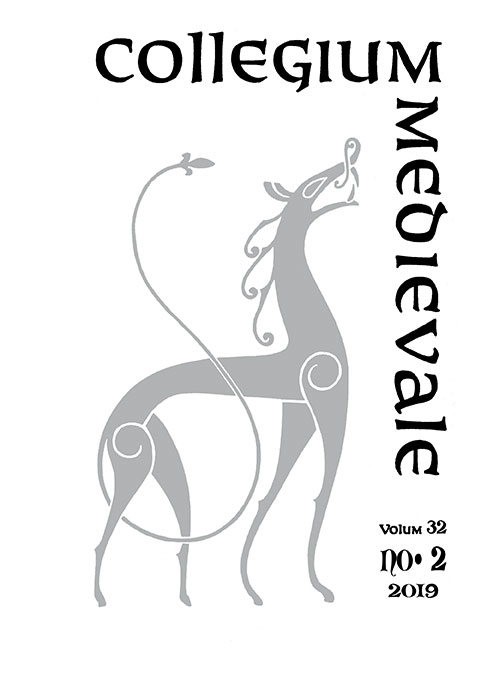Sammendrag
This article discusses two acts of mutilation and torture during the struggles for royal power in the late 1130s. The first part argues, based on literary and legal sources, that such acts were not a particularly prominent element in the political culture in the Viking Age and early Christian Norway. It is concluded that acts of blinding and castration among the élite and pretenders were more likely to have been inspired from abroad, especially the British Isles, and not the other way around as several scholars of early medieval history tend to assume. A broad overview of the history blinding and castration as well as flaying up to the twelfth century is presented, focusing on its role in punishment, rivalry, and hagiography. It is argued that blinding, castration and flaying did not become a popular political tool during the otherwise turbulent rivalries for power in the twelfth century because of its ambiguity. This was caused partly by changed ideas of royal power, as well as related to the hagiographic discourse of bodily suffering. The aggressive part risked creating a martyr or even a potential royal saint that could increase support to the faction of the opponents.
Forfattere beholder opphavsretten og gir tidsskriftet rett til første publisering av arbeidet. En Creative Commons-lisens (CC BY-SA 4.0) gir samtidig andre rett til å dele arbeidet med henvisning til arbeidets forfatter og at det først ble publisert i dette tidsskriftet.

